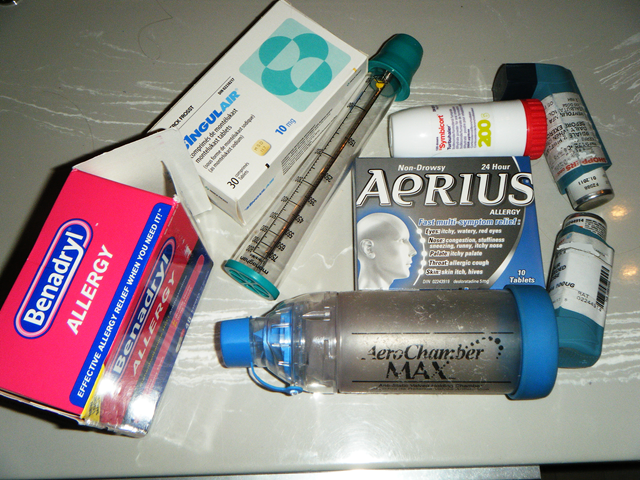
COPD (chronic obstructive pulmonary disease) kills more than120,000 adults each year — one death every four minutes on average,or more than breast cancer and diabetes combined.
In COPD, sometimes referred to as emphysema or chronicbronchitis, the tubes that carry air in and out of the lungs arepartially blocked, which makes it hard to breathe.
“Yet people go undiagnosed and untreated because they don’trecognize the symptoms,” says James P. Kiley, director of theNational Heart, Lung and Blood Institute, part of the NationalInstitutes of Health.
The institute has launched a public service announcementcampaign to highlight common COPD signs and symptoms, includingfrequent shortness of breath, chronic cough, wheezing and excessivephlegm production. Kiley discusses the disease.
Q. You indicate that this serious health problem is oftenassociated with former smokers.
A. too many people think it’s part of getting older or being outof shape. Smoking accounts for as many as nine out of 10COPD-related deaths. However, as many as one out of six people whohave COPD never smoked.
Q. if not from smoking, what causes COPD?
A. it can be environmental — exposure to chemicals, dusts andpollutants as well as from exposure to secondhand smoke. Doctorsjust can’t say to stop smoking and the disease threat will neverhappen or go away.
Lower- and middle-income women seem to be particularlyvulnerable, although many have never smoked.
In can be the result of indoor pollution, a not-well-ventilatedenvironment, as well as poorly ventilated homes.
We are not sure why we have a continuing growing number ofnonsmoking women getting the disease.
Q. it takes awhile for the disease to appear in former heavysmokers, I understand.
A. it takes quite a long time for most people — even those whowere heavy smokers — to develop the disease. but, of course, theboomer population is aging.
We have had a good effect in lowering the smoking rates in thiscountry, but there are people in the pipeline who still will getlung cancer and COPD as a result of smoking years ago.
Q. what can you do to help people find out if they haveCOPD?
A. Well, we need to get people to recognize the symptoms and totalk to their health care providers. there is a simple breathingtest called spirometry that is quick and painless and can be takenat a doctor’s office.
There is no cure for COPD, but the earlier a person getsdiagnosed and receives treatment, the better their chance toimprove quality of life. It’s all a matter of better education.
Q. there are commercials on TV that feature an inhaler.
A. That’s the drug commonly used. another treatment thatimproves lung conditions is exercise. there also are resourcesavailable to people to quit if they are still smoking.